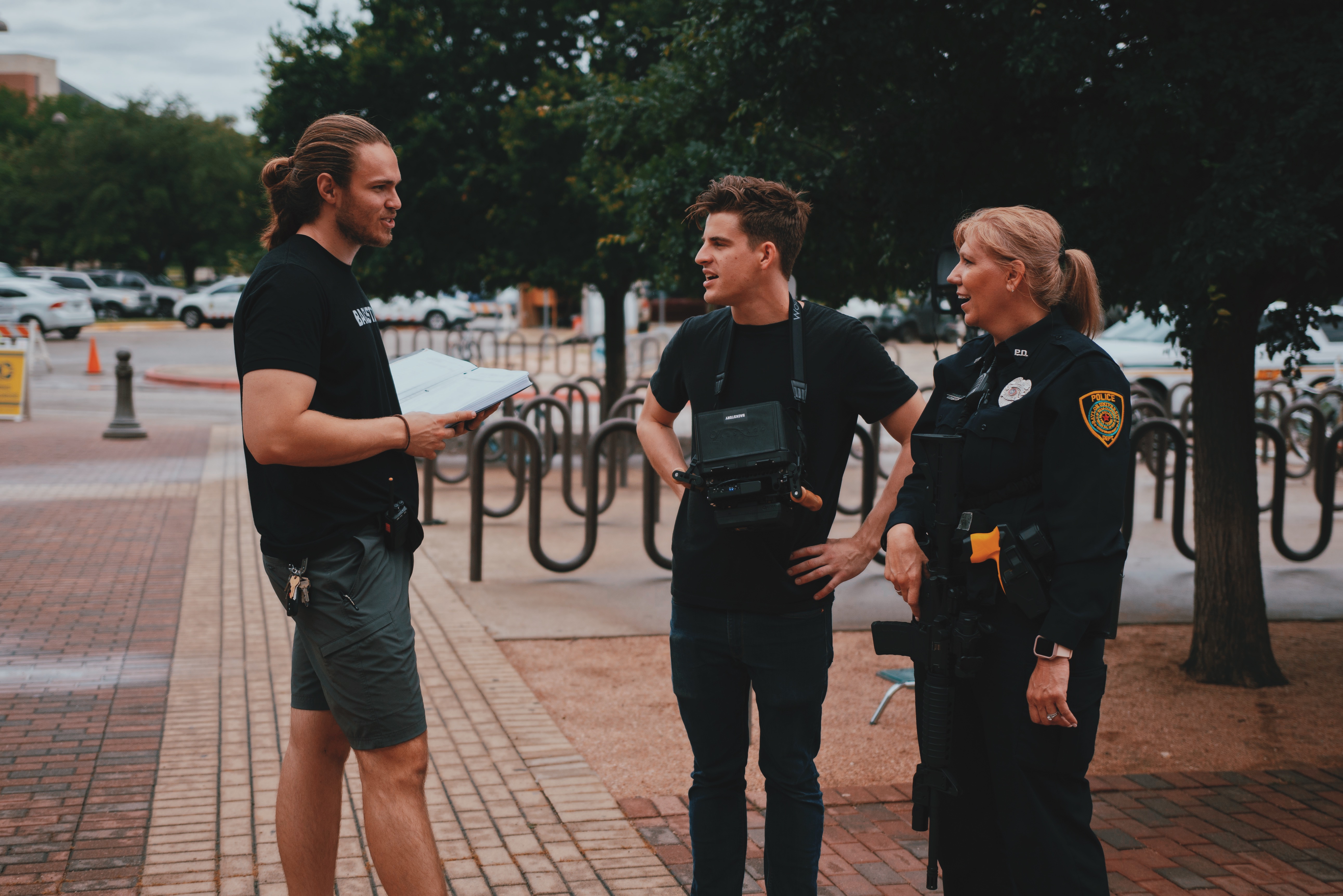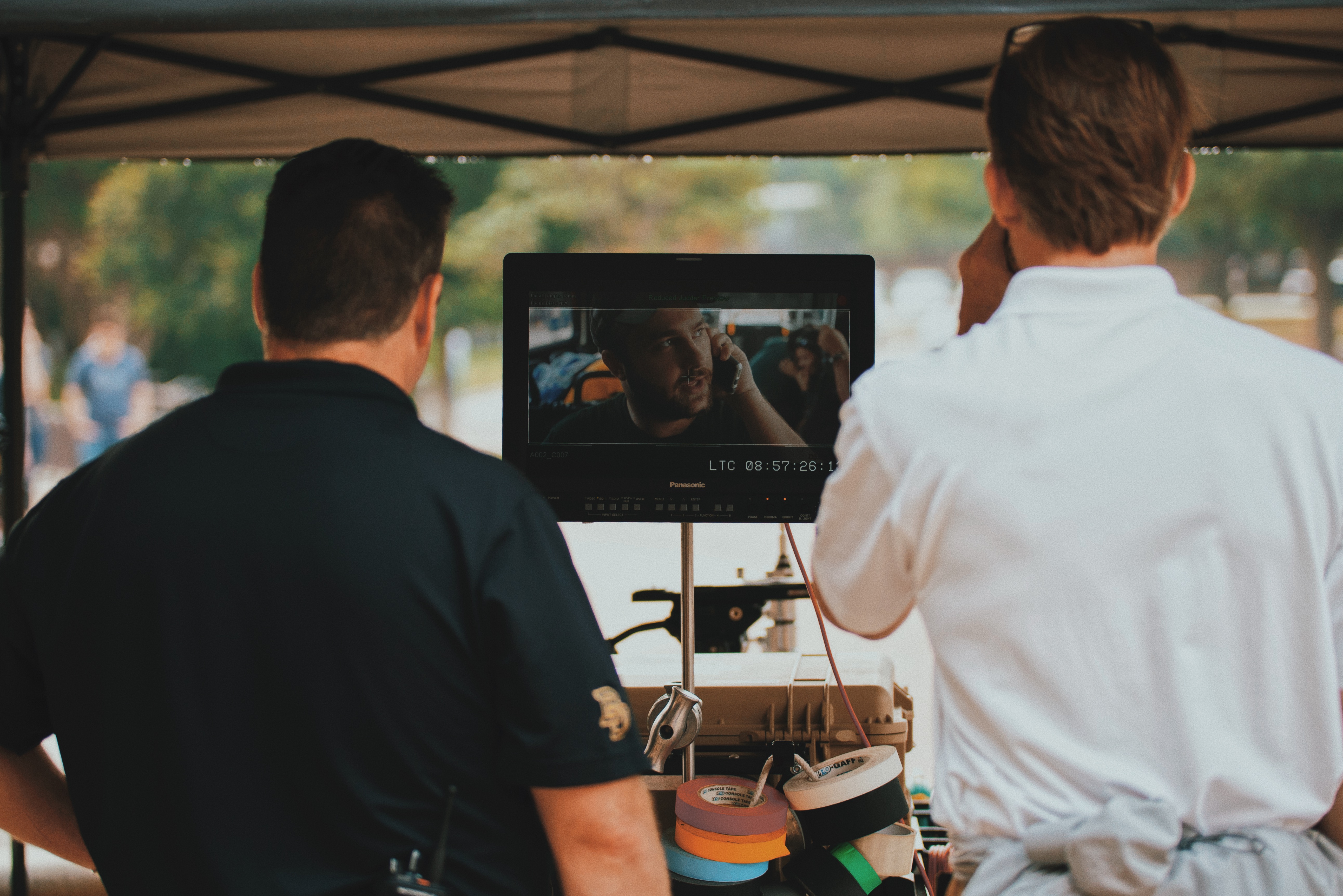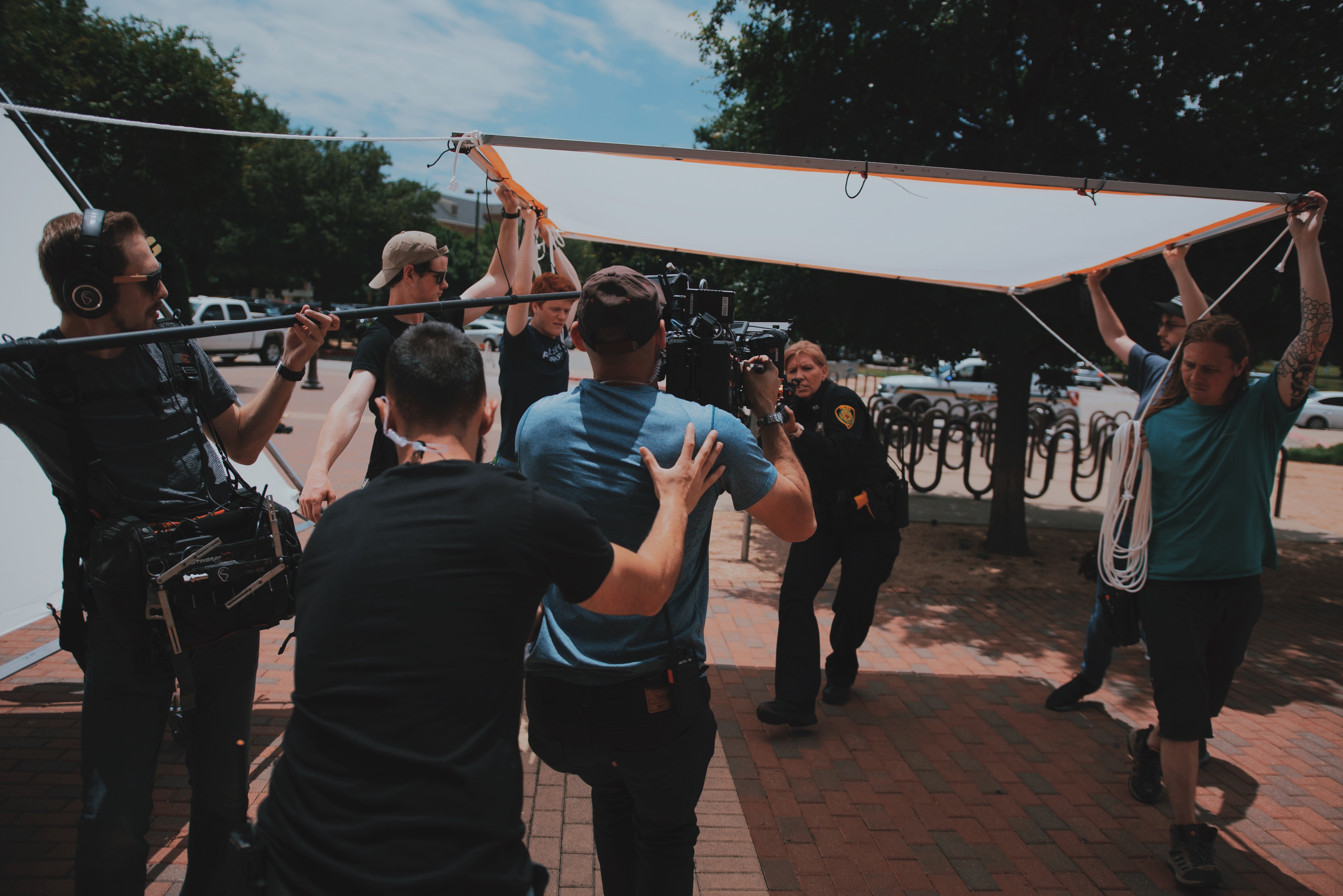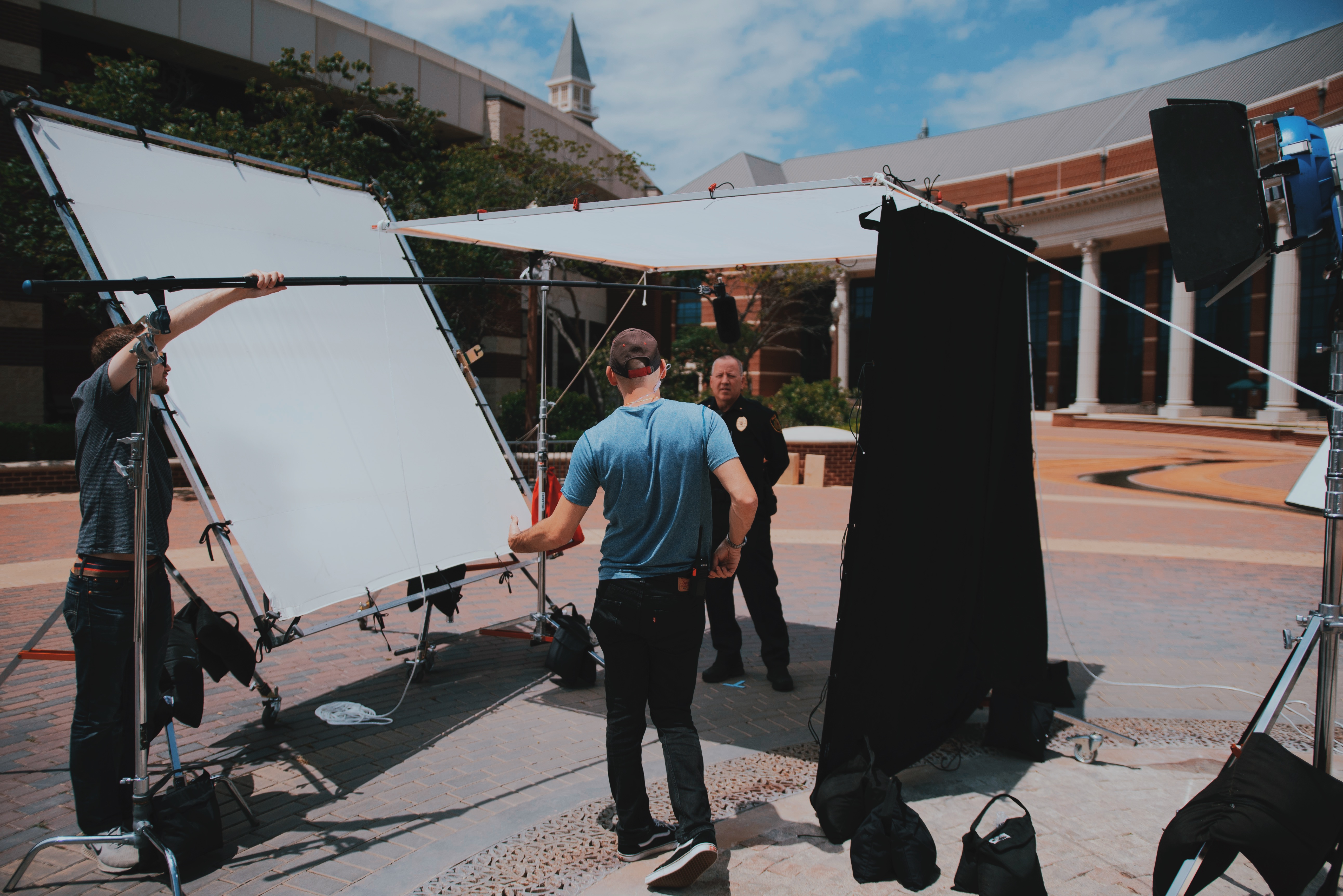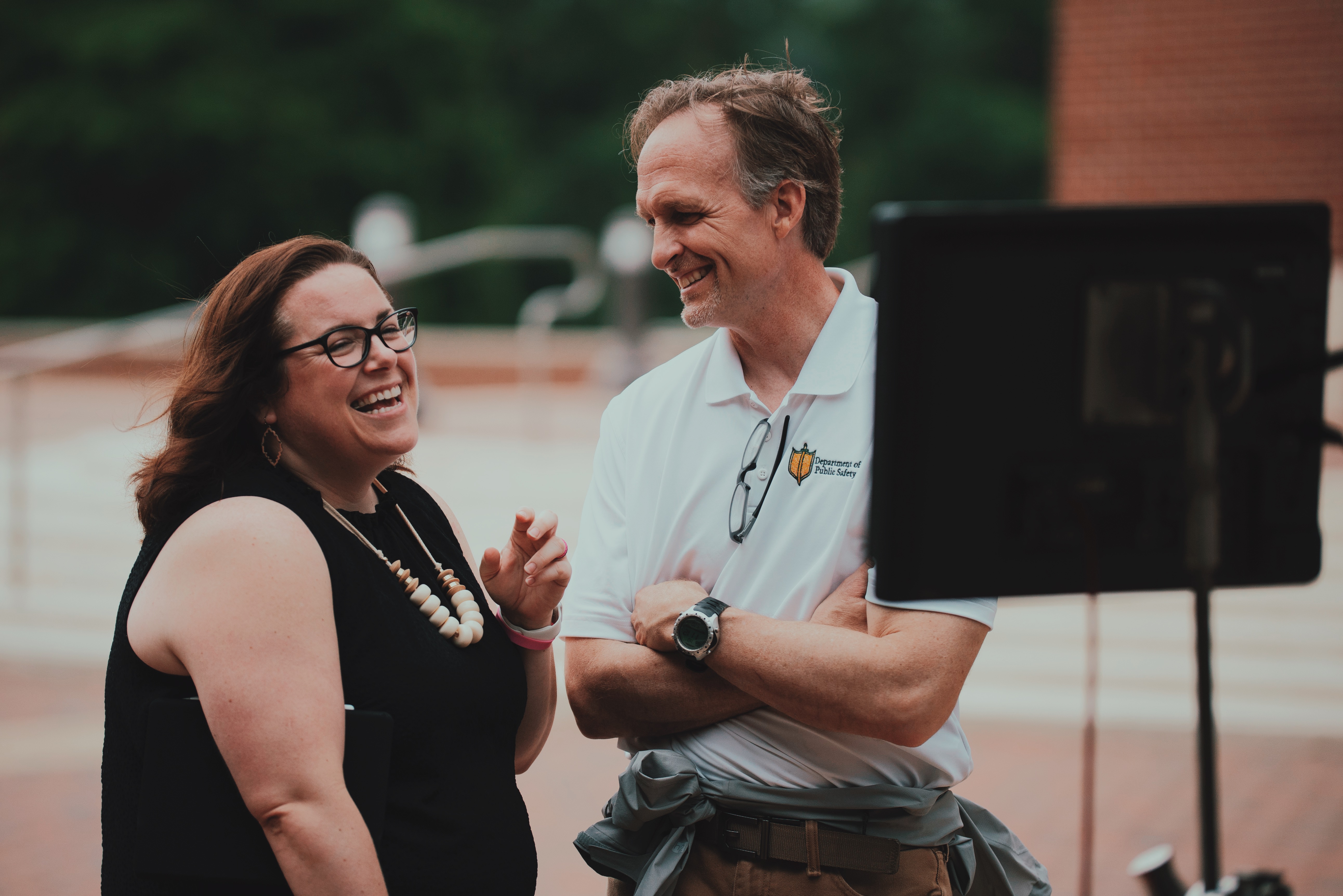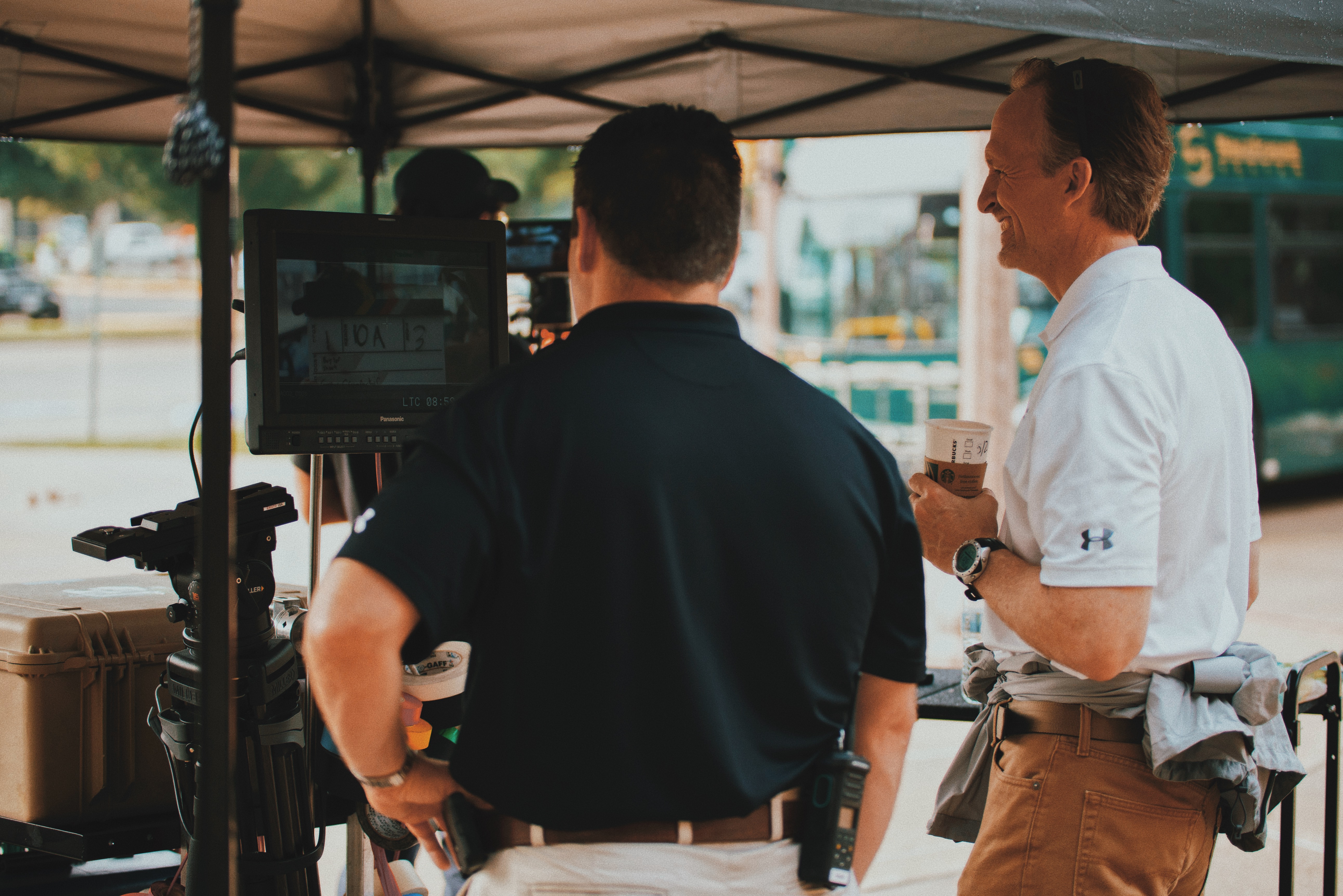Creating an Effective Active Shooter Training Video

JOhn Rains
Executive Producer
Backstory has become a leader in producing highly effective and engaging active shooter training videos in the US. We are proud to work with Universities and Corporations that are doing everything they can to reduce the tragedy should one of these events occur. Our team has been through various training seminars on this topic and we partner with subject matter experts to provide the best education possible. Though we can help with the education portion, we prefer to focus on the creative aspects of the video and adapt the learning points to an engaging script.
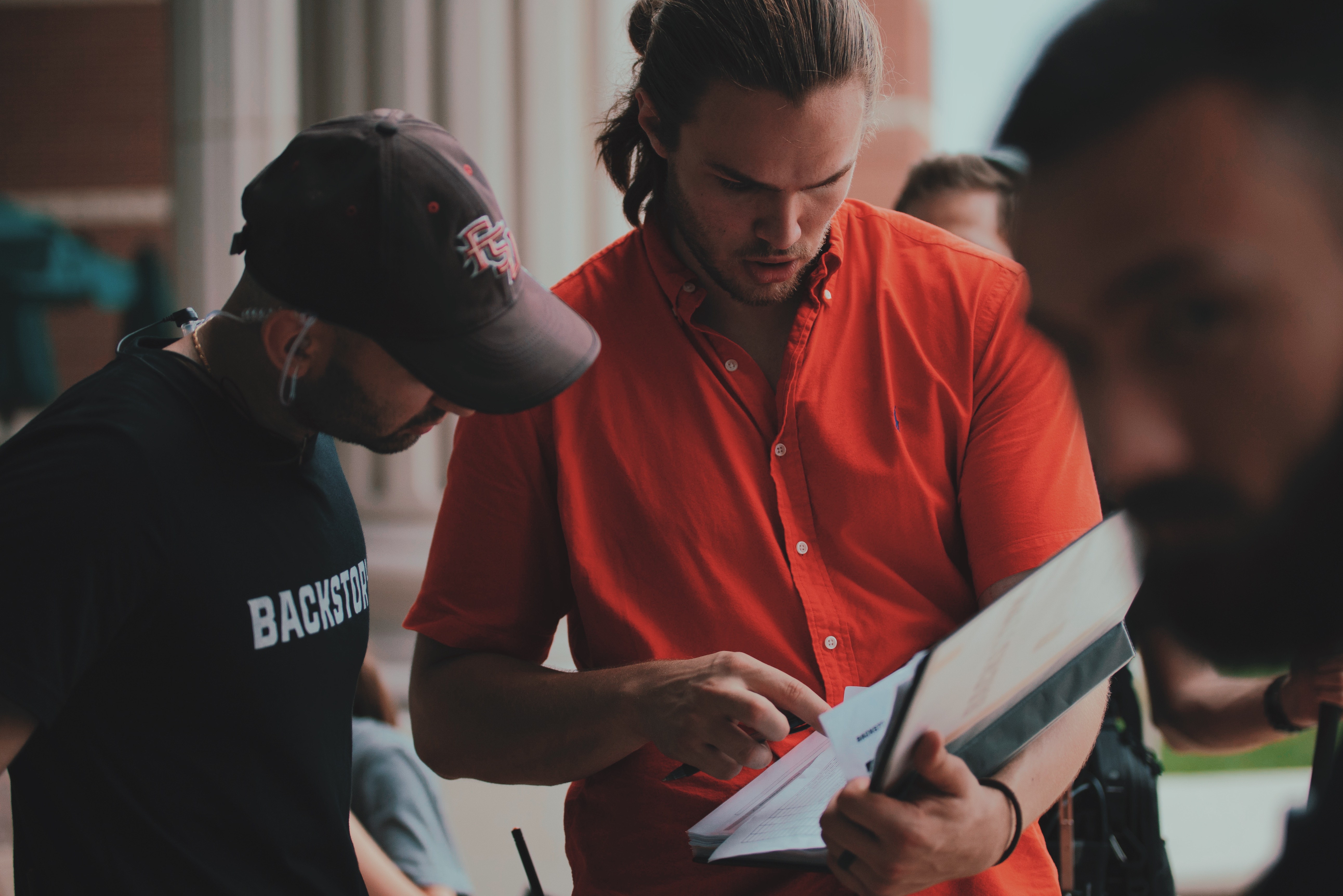
Here are a few creative strategies we use to make the most effective videos possible:
- The video has to be visually engaging. Over 80% of a college campus is under the age of 22 and over 50% of the professional workforce are millennials. This younger demographic is shown thousands and thousands of media pieces every year and most will go on to be forgotten. To make a training video effective, the attention of the audience must be earned and or they will not engage. We strongly believe in creating content that the viewer will want to watch to increase the retention of the teaching methods. This means cinematic visuals, quality cast, realistic weapons and overall intentionality.
- The video has to be realistic. Victims who have survived Active Attacks understand how overwhelming an attack can be. However, the majority of a college campus population has not been in that position. We choose to make hyper-realistic videos that students and employees can immerse themselves into, on their own campus, giving them an opportunity to feel the intensity of that potential scenario and become far more attentive to the training. Creating a realistic video also helps everyone respond without freezing in the moment.
- Don’t simply check a box with a mediocre video. Even if a mandatory viewing of the training video is shown at Orientation, that doesn’t guarantee anyone will remember what was shown. If no one can remember, we are not doing anything to fundamentally change the outcome of an Active Attack. We must find a way to relate and avoid talking at someone or boring them through the process.
- Training needs to be relatable. We use the peers of students and employees to teach in our videos. Voiceovers and/or Leadership can often create a barrier between the message and the audience. Experiencing the role of a similar individual allows a viewer to learn best practices audibly and visually. We like to use Leadership towards the end of our videos after the experiential teaching has occurred.
- The video needs to represent what is unique to each campus. If every attack was the same, there would only need to be one training video out there. Unfortunately, that isn’t the case. The student population, geography, special interests, resources, etc vary from campus to campus and each video needs to offer specialized training for their University. Students and Employees are also far more engaged with content that is personal to them and takes place on their campus.

